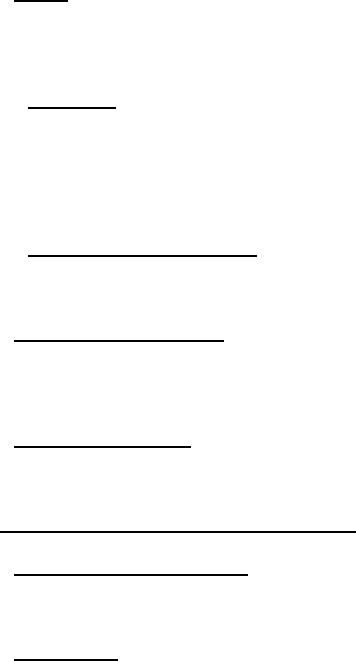 |
|||
|
|
|||
| ||||||||||
|
|  MIL-R-45774A (MI)
4.4.5 Rule 5. Imperfect fusion and incomplete penetration defects occur when
the molten weld metal fails to fuse due to oxide or other impurities, or when the
molten metal fails to penetrate the full thickness of the sheet due to insufficient heat.
These defects shall be graded according to rules 1 and 2 and figures 1 and 2.
4.4.5.1 Fillet welds. Acceptability limits for imperfect fusion at weld interface
for standard III (see figure 3) fillet welds shall be in accordance with the referenced
radiographs (see table I). Because of the difficulty in differentiating between
incomplete penetration and imperfect fusion in fillet welds, either or both conditions
shall be cause for rejection if in excess of the limits shown in the referenced
radiographs.
4.4.5.2 Butt welds with back-up-strips. Acceptability limits for imperfect
fusion at weld interface for standard II (see table IV) butt welds shall be in accordance
with the referenced radiographs (see table I).
4.4.6 Rule 6 - Foreign materials. More dense inclusions in aluminum arc
welds are usually present in the form of tungsten from the electrode (TIG). Less dense
inclusions are generally impurities resulting from poor cleaning, improper shielding
gas mixture or pressures (see table I).
4.4.7 Rule 7 - Undercutting. Undercutting shall be cause for rejection if
greater than of 0.10T in depth for any 1 inch weld length. Undercutting may be
observed on the radiographs but is measured by mechanical means (see table I).
4.5 Special rules applicable to use of back-up-strips.
4.5.1 Sheet thickness - determination. For purposes of determining
acceptability limits of welds with back-up-strips, the thickness (T) shall be defined as
the thickness of the thinner sheet being jointed.
4.5.2 Isolated voids. In reference to Paragraph 4.4.3.1, isolated voids shall be
cause for rejection if the diameter of the void is in excess of 0.66T.
5. PACKAGING
5.1 There are no applicable requirements for packaging.
6. NOTES
(This section contains information of a general or explanatory nature that may
be helpful, but is not mandatory.)
12
|
|
Privacy Statement - Press Release - Copyright Information. - Contact Us |